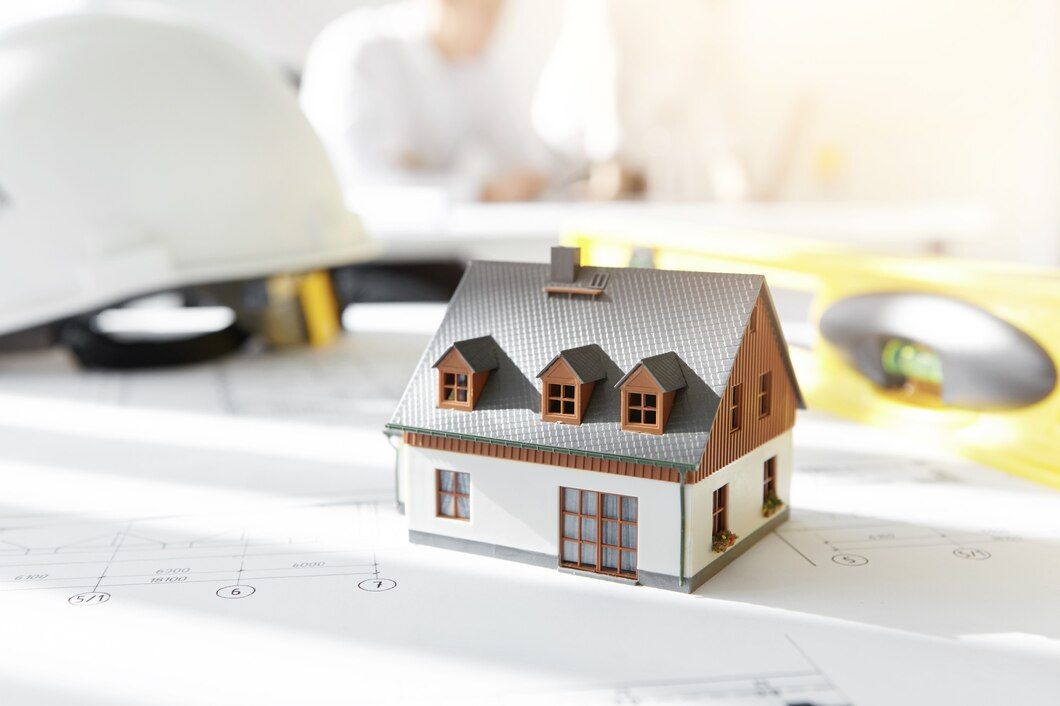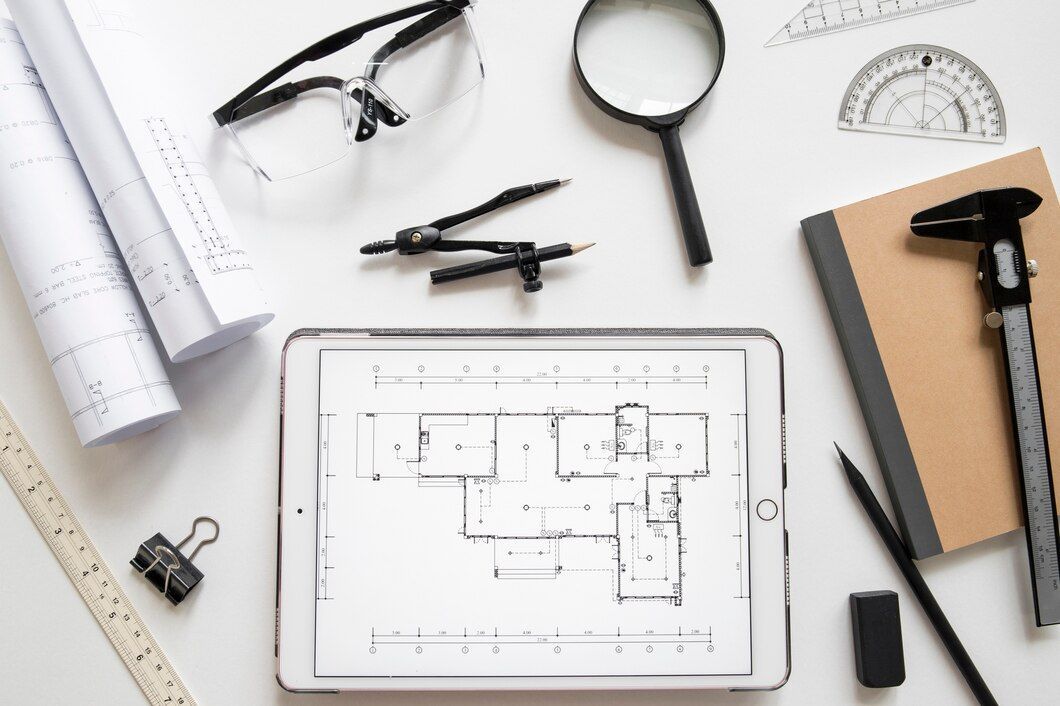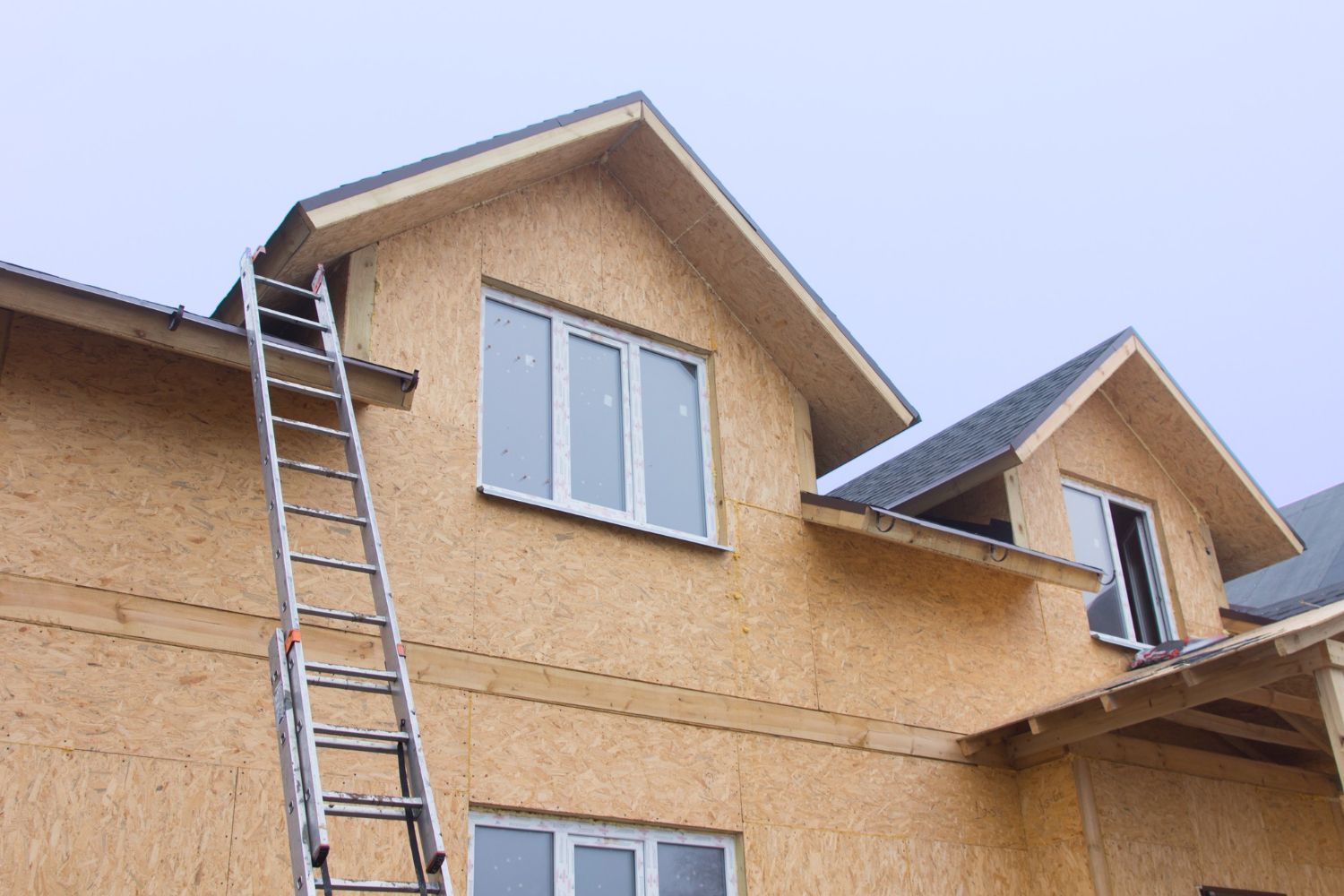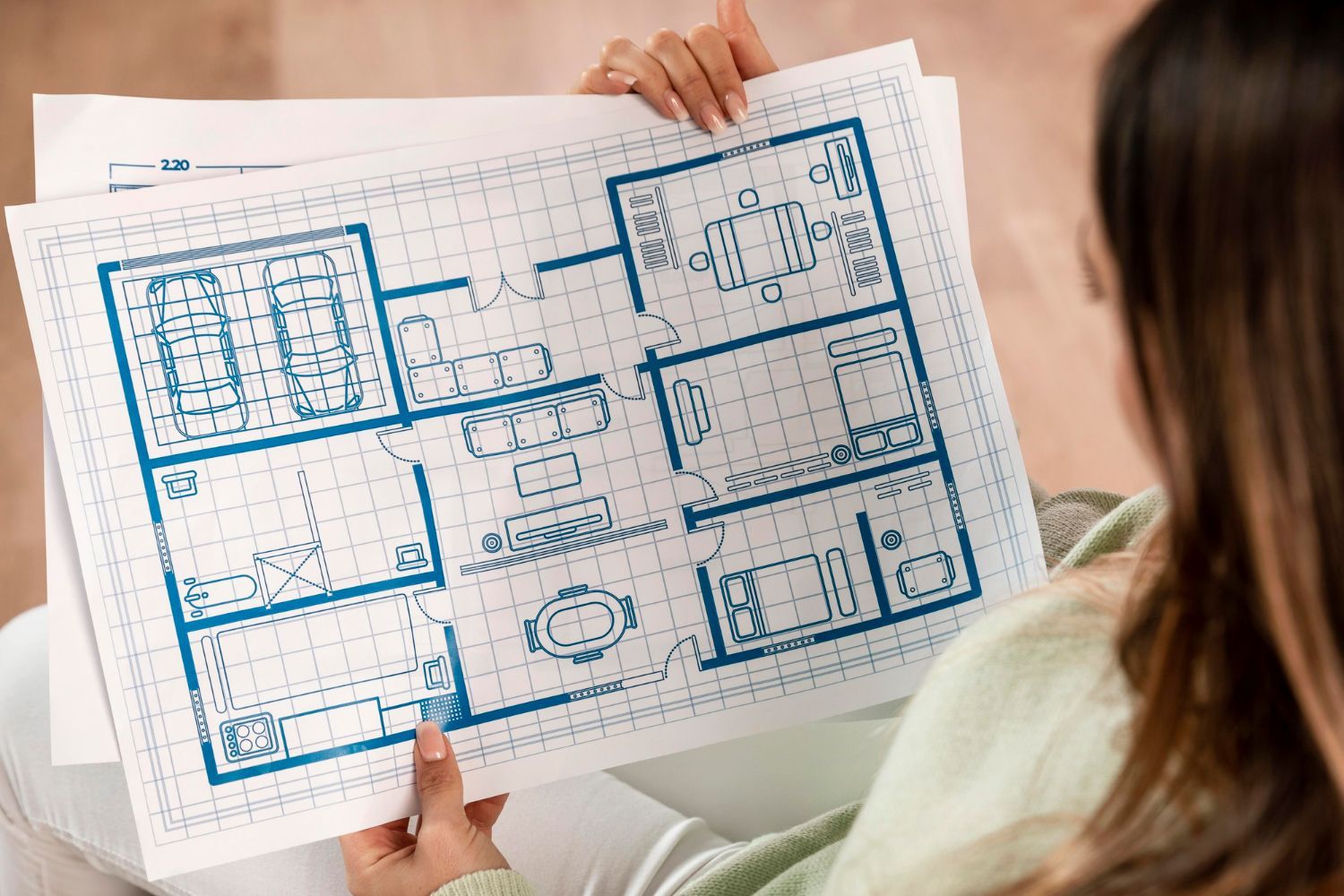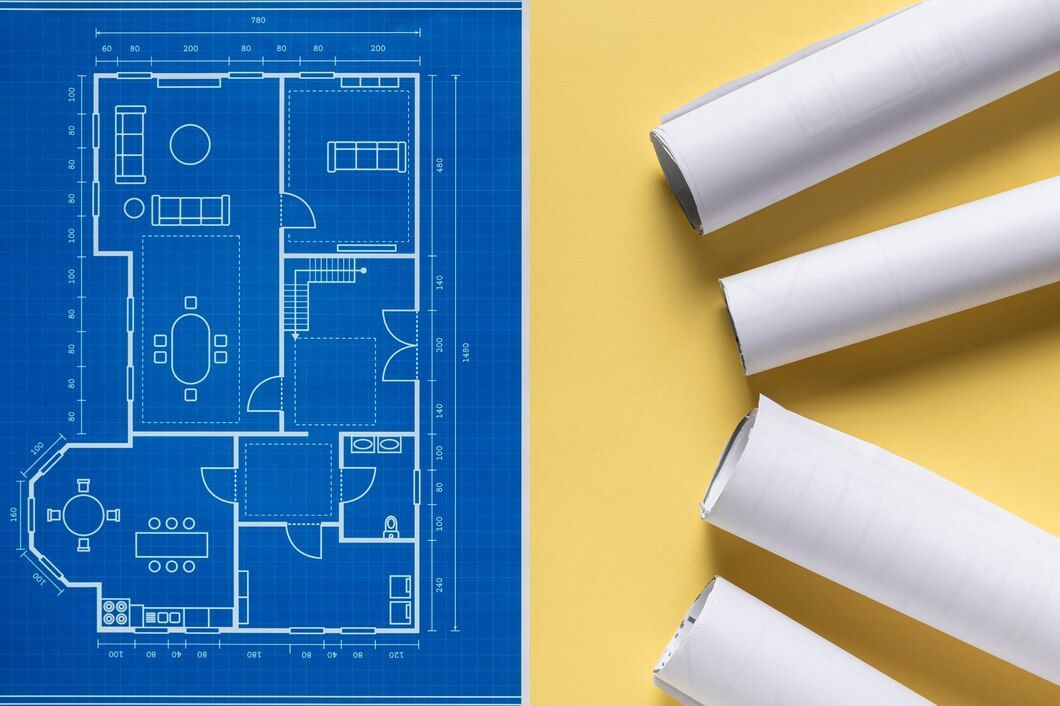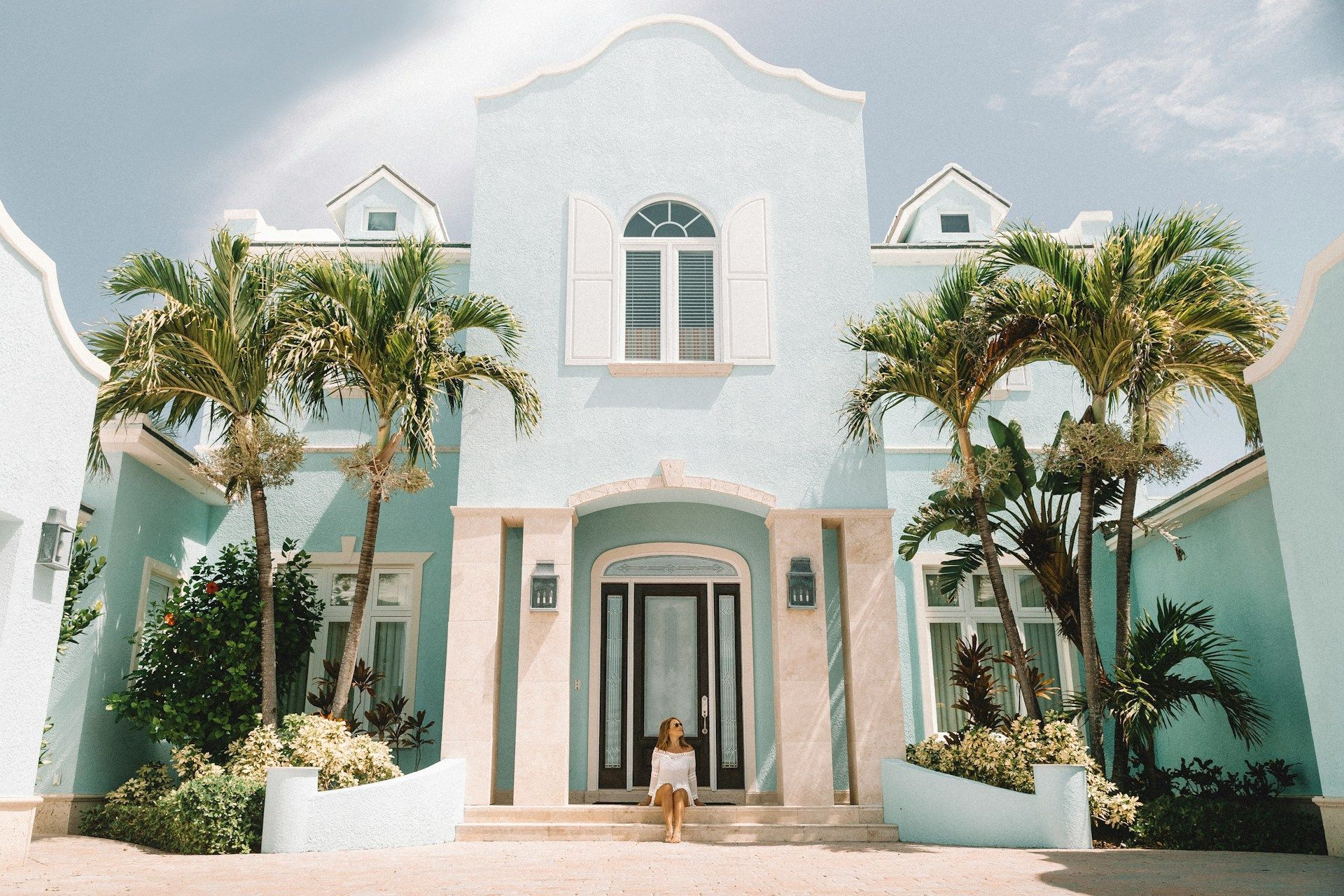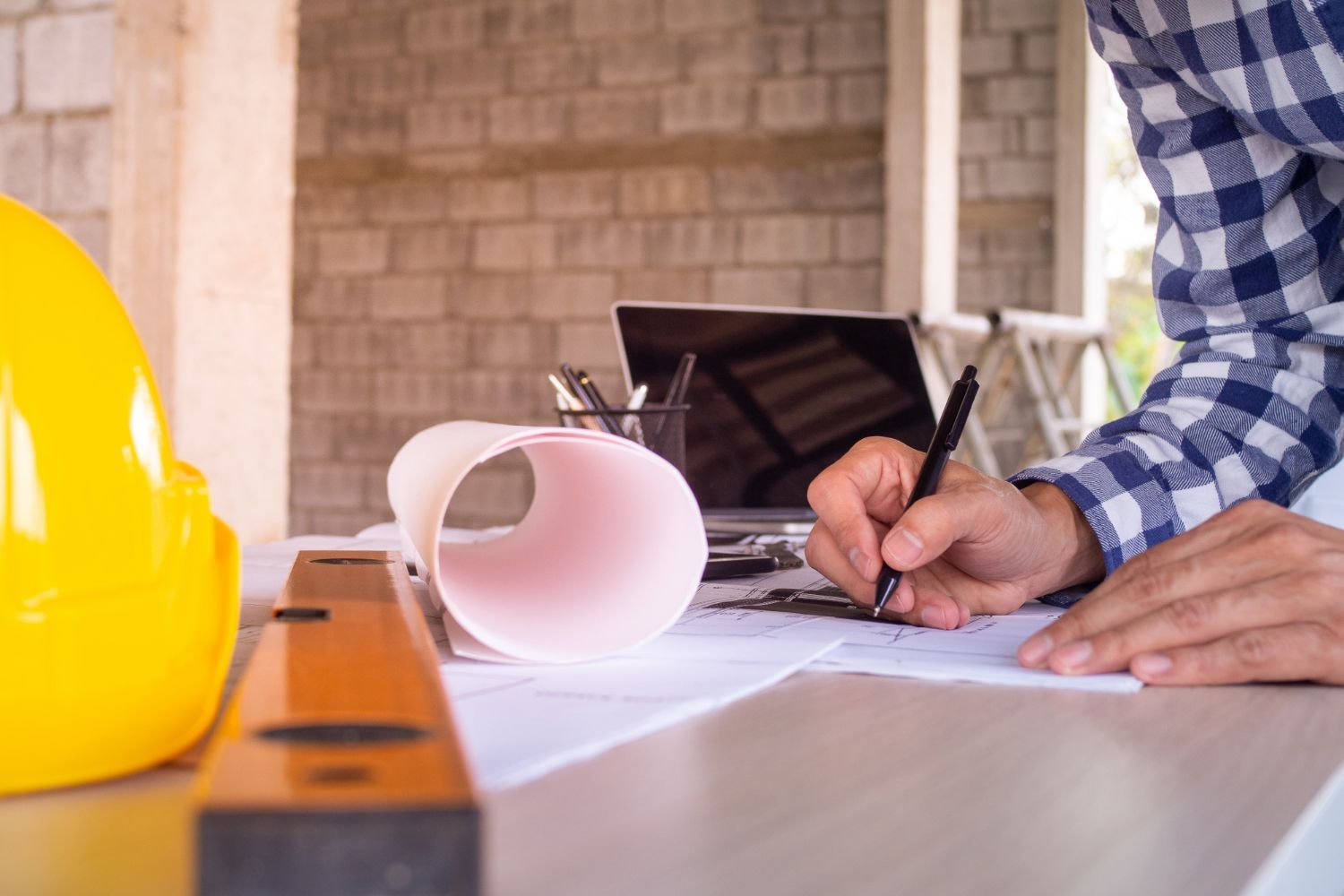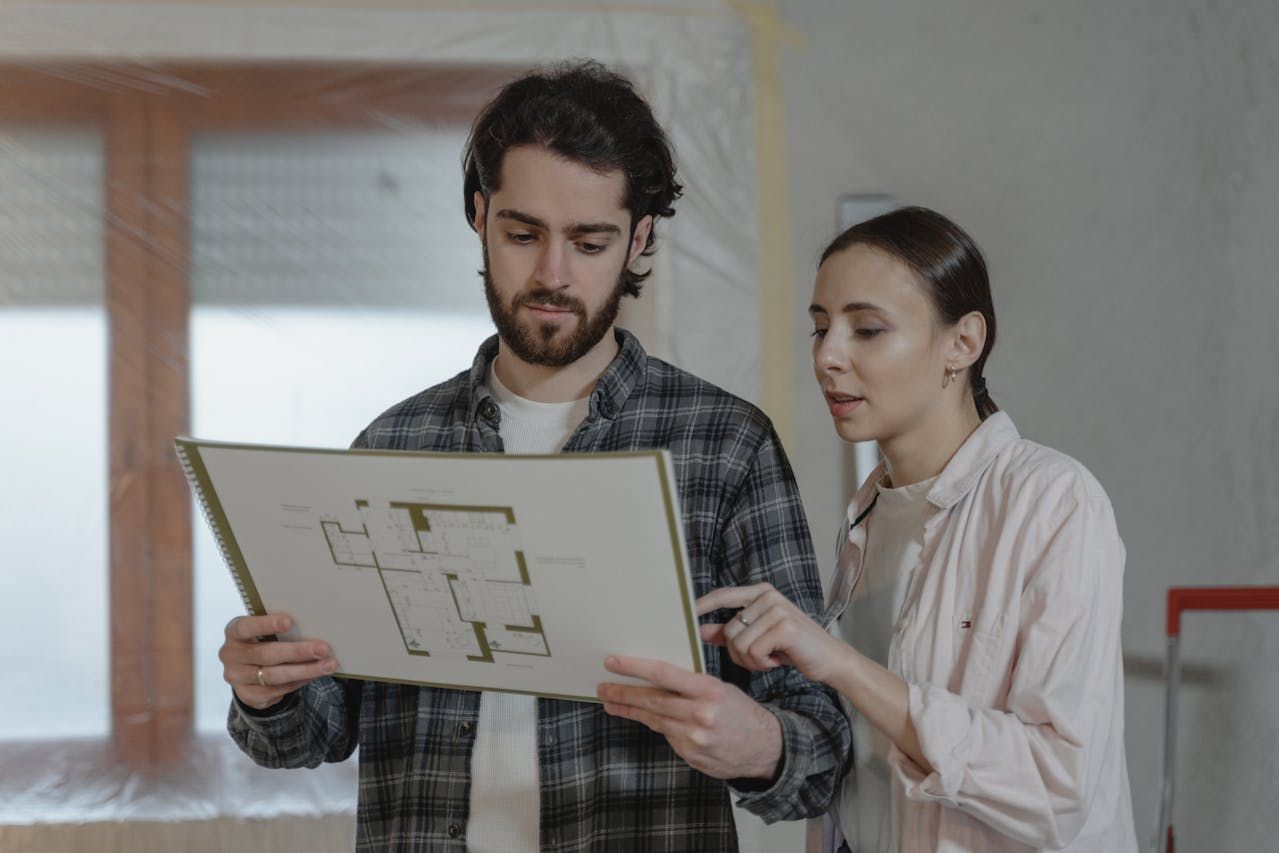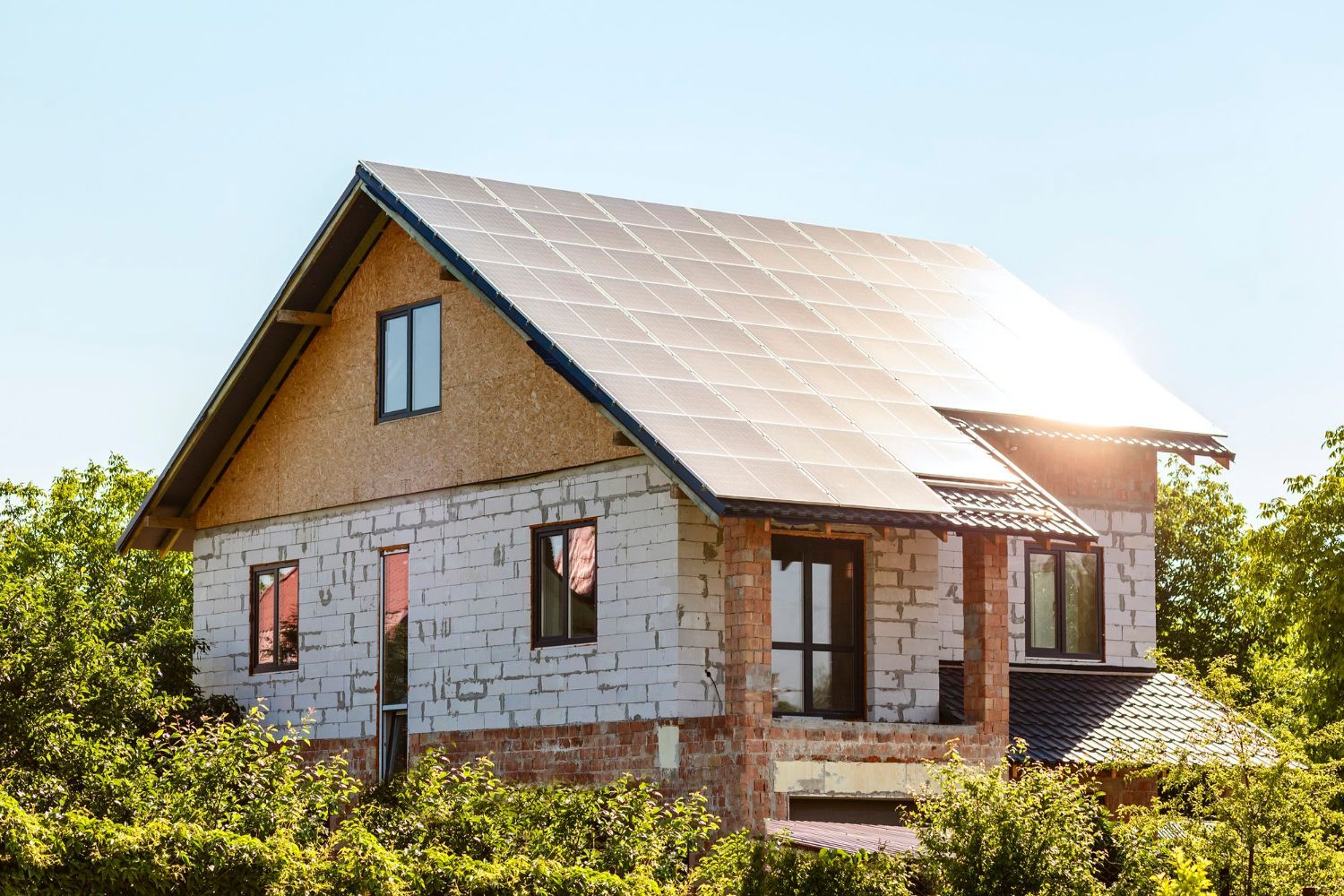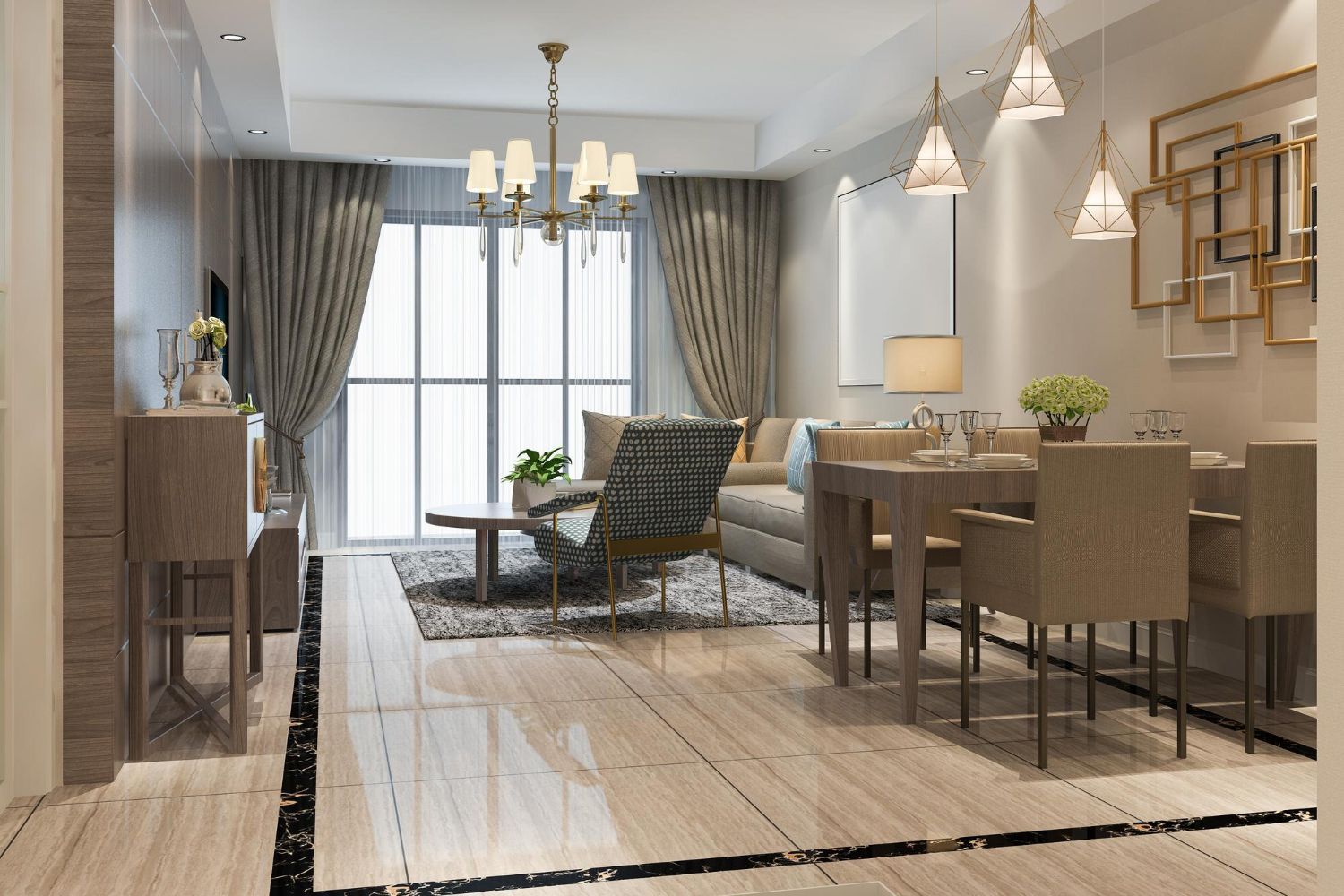541-815-0855
custom@mhbi.us
Tips for Planning a Budget-Friendly Custom Home
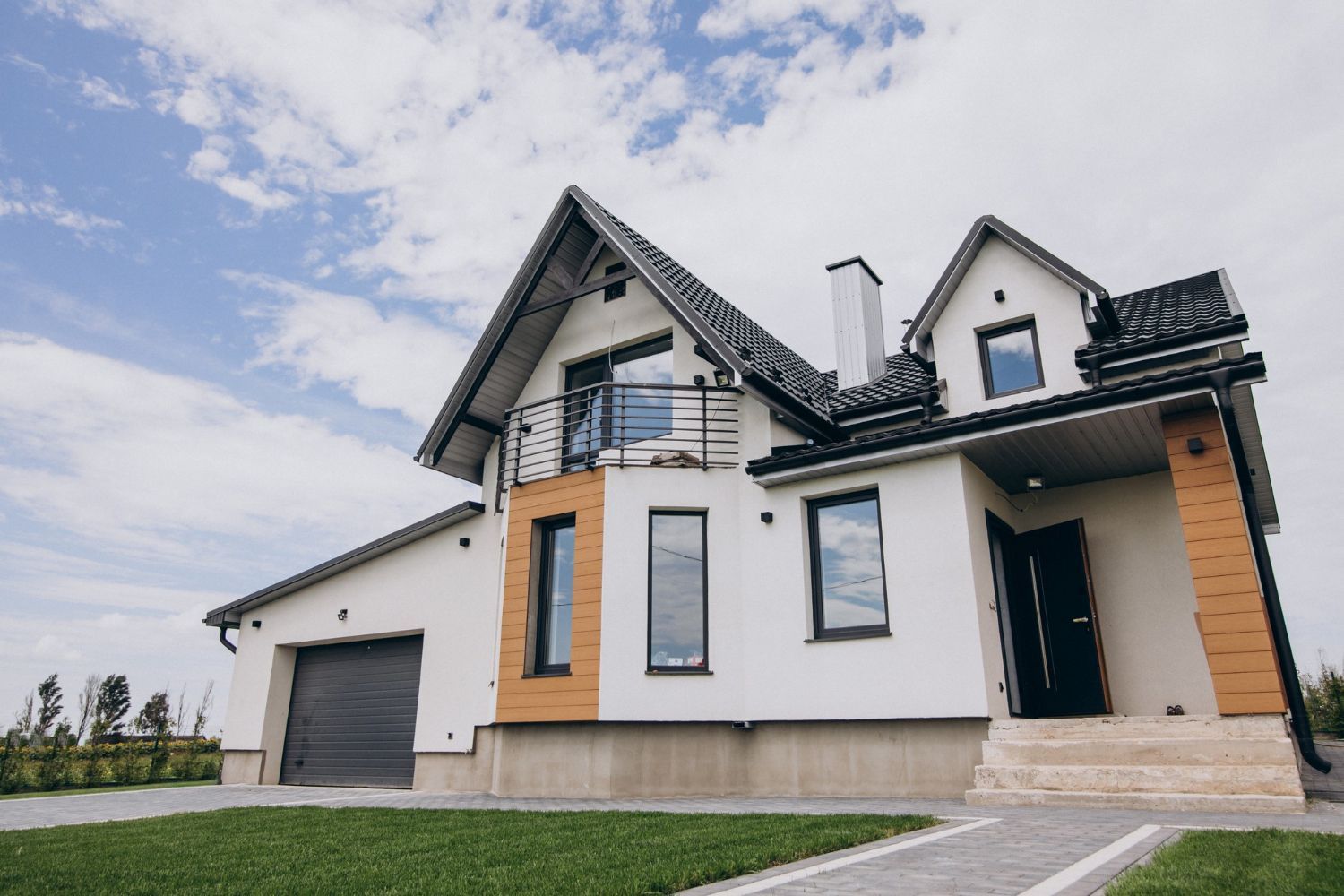
Building a custom home is a dream for many, but sticking to a budget can be challenging. The key is to plan carefully and make smart decisions along the way. By focusing on setting a realistic budget, choosing cost-effective materials, simplifying your design, and planning for future savings, you can create a beautiful home without breaking the bank.
A well-thought-out budget helps you understand how much you can spend on each part of your home. This ensures that you don’t run into financial problems later. It’s also important to pick materials that look good and are durable but don’t cost a fortune. Sometimes, the simplest designs are the most beautiful and functional. Keeping things simple can save you money without sacrificing style.
Thinking ahead about how your home can save you money in the future, like using energy-efficient appliances, helps keep costs down over time. By making wise choices now, you can enjoy your dream home for years to come without worrying about unexpected expenses.
Setting a Realistic Budget
The first step in planning a budget-friendly custom home is setting a realistic budget. This involves more than just estimating costs; it’s about understanding what you can afford and where you might need to make concessions. Start by listing all your income sources and current expenses to get a clear picture of your financial health. Then, think about how much you can comfortably allocate to your new home without compromising other financial goals.
Break down the overall budget into specific categories such as land costs, construction, permits, and interior finishes. This helps you see where most of your money will go and allows you to make adjustments if needed. Be sure to include a contingency fund in your budget for unforeseen expenses. A good rule of thumb is to set aside at least 10% of your total budget for unexpected costs. By planning carefully and keeping a close eye on your budget, you can ensure that your dream home doesn’t turn into a financial burden.
Choosing Cost-Effective Materials
Selecting cost-effective materials is crucial for staying within your budget while still achieving a beautiful custom home. There are many options available that look great and are durable but don’t carry a high price tag. For example, laminate countertops can mimic the look of expensive stone surfaces at a fraction of the cost. Similarly, vinyl flooring can provide the appearance of hardwood or tile without the hefty price.
When it comes to building materials, consider options like engineered wood, which offers the look of solid wood but is more affordable and often more durable. Don’t overlook the value of shopping around and comparing prices from different suppliers. Sometimes, buying materials in bulk or during sales can lead to significant savings. Reclaimed and recycled materials can also provide unique character and eco-friendly options at lower costs. By choosing wisely, you can keep costs down while still creating a home that looks and feels exactly the way you want.
Simplifying Your Design
Simplicity can be one of the best ways to save money when building a custom home. Complex layouts and intricate architectural details often result in higher labor costs and additional materials. By opting for a straightforward design, you can minimize these expenses without sacrificing comfort or style. For instance, a rectangular or square footprint is easier and cheaper to build than a design with many angles and corners.
Consider reducing the number of interior walls to create open spaces that make your home feel larger and more inviting. Simplifying rooflines can also lead to significant savings. Multi-level roofs with numerous peaks and valleys are costly and time-consuming to construct. A single, gable-style roof is not only more affordable but also easier to maintain. By focusing on simple, functional design elements, you can achieve a beautiful, cost-effective custom home that meets your needs and budget.
Planning for Future Savings
While it’s important to save money during construction, planning for future savings can make your custom home even more budget-friendly in the long run. One of the best ways to do this is by incorporating energy-efficient features that will lower your utility bills. Think about installing high-quality insulation, energy-efficient windows, and appliances with good energy ratings. These can all contribute to lower energy consumption and reduced costs over time.
Solar panels are another investment that can lead to long-term savings. Although the initial cost might be high, solar panels can significantly reduce or even eliminate your electricity bills. Additionally, consider smart home technology that helps you monitor and control energy usage. Programmable thermostats, smart lighting, and automated irrigation systems can all contribute to ongoing savings. By planning ahead and choosing features that promote energy efficiency, you can reduce your home’s environmental impact and keep operating costs down.
Final Thoughts
Building a budget-friendly custom home involves careful planning and smart choices. By setting a realistic budget, choosing cost-effective materials, simplifying your design, and planning for future savings, you can create a beautiful and functional home without overspending. Each of these steps helps ensure that your custom home meets your needs and stays within your financial limits.
If you're ready to start planning your
custom home in Bend, reach out to Mountain High Builders. We can help you design and build a home that fits your vision and your budget. Let’s work together to make your dream home a reality. Contact Mountain High Builders today to get started.
Are you planning to renovate your home?

Mountain High Builders strives to build exceptional homes for our clients, alongside strong relationships that last a lifetime.
Contact us
Phone: 541-815-0855
Email: custom@mhbi.us
Address: Square Loop, 1012 SE
Cleveland Ave #5, Bend, OR 97702
Menu
All Rights Reserved |
All Rights Reserved | Mountain High Builders


